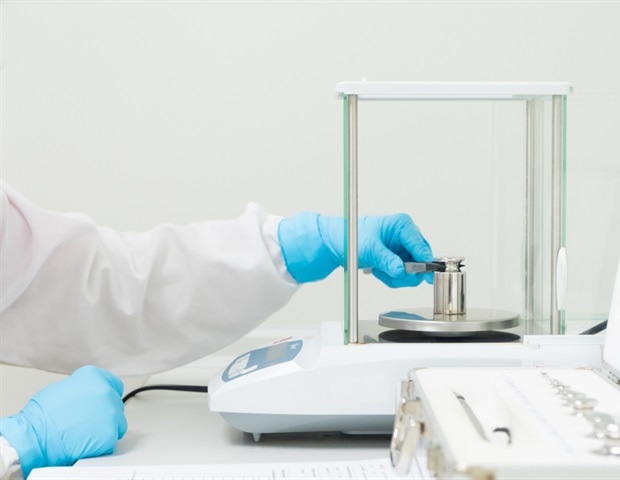BioCryst Pharmaceuticals, Inc. today announced new real-world evidence showing that patients with hereditary angioedema (HAE) who have normal C1-inhibitor (HAE-nC1-INH) level and function had a reduction in monthly attack rates after starting oral, once-daily berotralstat. Additionally, new results were presented from the largest body of evidence documenting adverse health outcomes associated with prophylactic use of attenuated androgens in HAE. These data were presented at the European Academy of Allergy and Clinical Immunology (EAACI) Congress in Valencia, Spain.
Effectiveness and safety of berotralstat in patients with hereditary angioedema with normal C1-inhibitor: A European case series
Six patients with HAE-nC1-INH were included in the analysis. All had received previous long-term prophylaxis (LTP), and one remained on concurrent LTP. After six months of treatment with berotralstat, five patients showed a 75 to 100 percent reduction of their HAE attack rate, and one patient, who was on a concurrent dose of tranexamic acid, showed a 29 percent reduction in their HAE attack rate.
No adverse events related to berotralstat were noted in five of the six patients. One patient experienced gastrointestinal symptoms upon initiation, which became milder after the first two weeks and did not lead to treatment discontinuation.
Dr. Matthew Buckland, consultant immunologist at Royal London Hospital, Barts Health NHS Trust commented that, “Angioedema or spontaneous swelling disorders have a major impact on quality of life and in the more severe cases can be life limiting. Diagnosis of HAE-nC1-INH is difficult because there is no ‘quick’ test and there is often a long delay in getting appropriate treatment. This real-world evidence shows that patients’ lives may be significantly improved by berotralstat reducing anxiety caused by the unpredictable nature of their disorder.” Dr. Buckland was a lead contributor to the case series presented at EAACI.
HAE-nC1-INH is the least common subgroup of HAE, where the levels of and function of C1-inhibitor are not impeded. In some cases, no known genetic mutation causing HAE has been identified. HAE-nC1-INH is four times less common that C1-inhibitor deficient HAE.
Adverse health outcomes and patient and physician perspectives of attenuated androgen use in hereditary angioedema
Additionally, new results were presented at EAACI demonstrating adverse health outcomes are associated with attenuated androgen use as prophylactically for HAE. The study assessed 108 prospective and retrospective studies published between January 1980 and July 2023 that reported quantitative outcomes associated with attenuated androgen use in patients with HAE. These included four clinical trials, 43 observational studies, 37 case reports/series, and 24 reviews. Studies of patient and physicians’ attitudes and perception of risk regarding attenuated androgens were also included.
This study presents the latest and largest body of evidence documenting that HAE prophylactic treatment with attenuated androgens is associated with short-term adverse outcomes and serious long-term risks that include increased cardiovascular events, liver damage, and cancer. The prevalent and wide-ranging adverse outcomes associated with attenuated androgen use in HAE reinforce that safer and more tolerable treatment options should be preferred and made accessible for HAE prophylaxis.”
Marcus Maurer, Professor of Dermatology and Allergology at Charité – Universitätsmedizin Berlin and Fraunhofer Institute for Translational Medicine and Pharmacology
The study highlights the basis for current World Allergy Organization/EAACI guidelines which recommend that targeted therapies are utilized for first-line long term prophylaxis and the use of androgens is reserved only as second-line long-term prophylaxis.








